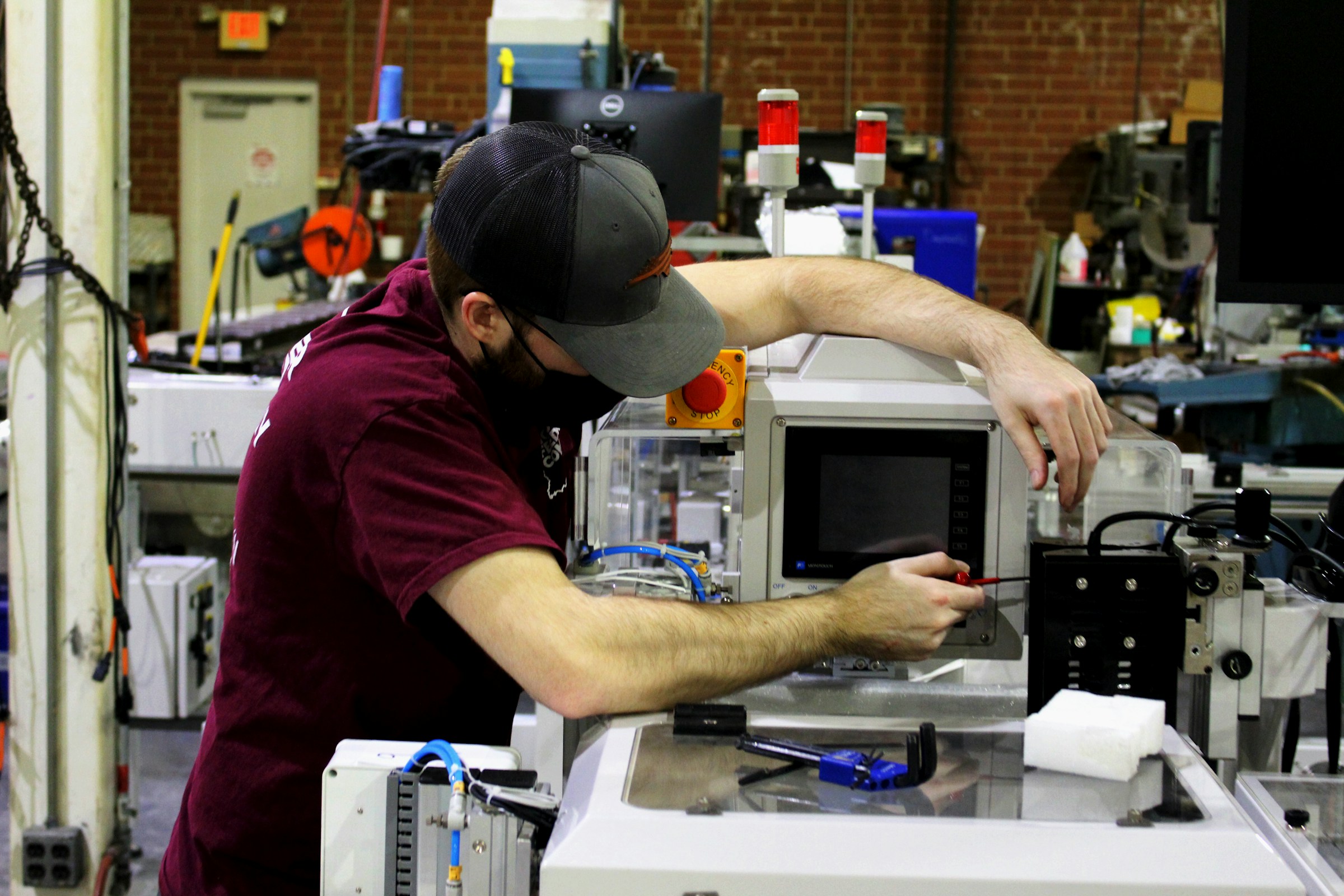
This blog explores the factors that influence the decision to repair or replace a broken appliance. We also discuss existing warranties, and the concept of planned obsolescence and its relevance when weighing your options.
When faced with a malfunctioning appliance, the first question that comes to mind is whether it’s worth repairing or if it’s time to invest in a new one. Several factors come into play when making this decision, and it’s essential to consider each one carefully.
Age of the Appliance
The age of the appliance is a crucial factor. Generally, older appliances are more prone to breakdowns and may not be worth the cost of repairs.
For example, a microwave oven could last as far as nine years while gas ovens could be in top shape for 15 years. A rule of thumb is that appliances over eight to ten years old may be better off replaced.
Cost of Repairs
Get an estimate for the repair costs from a professional technician. If the cost is a significant portion of the appliance’s current value or the price of a new one, replacement might be the better choice.
Frequency of Breakdowns
If your appliance has been causing frequent issues, it might be more cost-effective to replace it with a new, reliable model.
Energy Efficiency
Older appliances tend to be less energy-efficient, leading to higher utility bills. Newer models may save you money in the long run, due to modernised engineering that enables better energy efficiency, as noted by the Energy Rating system.
Parts Availability
Some older appliances may have parts that are difficult to find, making repairs more challenging and expensive.
Environmental Impact
Consider the environmental impact of replacing your appliance. Discarding old appliances contributes to electronic waste, so repairing may be a more eco-friendly choice.
Functionality and Features
Consider whether your appliance still meets your needs and if newer models offer improved features that would be beneficial.
Brand Reputation
Some brands are known for producing appliances that are “built to last.” If your appliance falls into this category, repair may be a more sensible choice.
Existing Warranties
Before making a decision about repairing or replacing your appliance, you should check if there are any existing warranties in force, such as:
- Manufacturer’s Warranty. This is typically provided by the appliance manufacturer and covers defects in materials and workmanship. If your appliance is still under the manufacturer’s warranty, the repairs may be covered, and you should take advantage of this.
- Extended Warranty. Some consumers choose to purchase extended warranties for their appliances. These warranties offer additional coverage beyond the manufacturer’s warranty and may include repair or replacement benefits.
In both cases, it’s important to thoroughly review the warranty terms and conditions. There may be limitations, deductibles, or specific criteria for repairs or replacements. If your appliance is under warranty and the repairs are covered, it’s often the most cost-effective solution.
Planned Obsolescence
Planned obsolescence refers to the strategy employed by manufacturers to intentionally design and produce products with a limited lifespan or functionality. The goal is to ensure that these products become obsolete or non-functional after a certain period, compelling consumers to replace them with newer versions or upgrades.
It’s a controversial topic that has received considerable attention in recent years. The debate surrounding planned obsolescence balances the need for innovation and economic growth with concerns about consumer exploitation, environmental impact, and sustainable consumption.
For example, a recent repair job on a Hotpoint refrigerator dating back from 1946. The repair tech was amazed that the fridge was still in good condition after so many decades. The client has used it since they actually inherited it from a relative in 1976.
The AKA Electric RG28 was one of the former East Germany’s iconic products, known for its robust engineering design. A Londoner revealed that his East German wife brought it to the UK with her back in the 1970s, and still ran surprisingly well despite the absence of spare parts and AKA Electric shutting down during the transition to German reunification.
A Dorset woman bought her Electrolux from a second-hand place back in 1981 and put it in her garage. The machine has stood the test of time, even after a flood hit the garage in 2002.
Manufacturers may deliberately use low-quality materials, design products that are challenging to repair, or release new models with minor changes to make older ones seem obsolete. As a result, consumers are often forced to replace their appliances sooner than they’d like, contributing to environmental waste and higher costs.
Consider these factors together to make an informed decision. If unsure, seek advice from a professional technician who can provide insights into the specific appliance’s condition and estimated repair costs. Ultimately, the choice between repairing or replacing an appliance will depend on your individual circumstances and priorities.
DISCLAIMER: This article is for informational purposes only and is not meant to be considered official financial advice. QUICKLE is not connected with any appliance retailer, manufacturer, or repair service.
